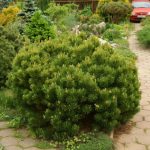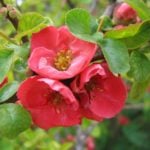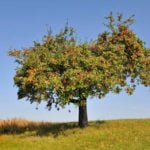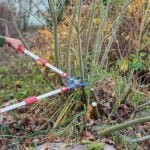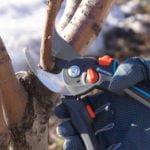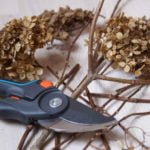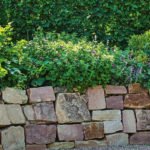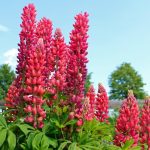Today we will talk about the types of plants that not only tolerate a haircut well, but really love it. Why did we decide that? The answer to this question, as they say, lies on the surface: they grow well and quickly, the crown becomes much thicker by stimulating the development of side shoots. As a result, the appearance (habitus) of the plant becomes more spectacular.
In these species, with the help of timely haircuts, a given shape is maintained, which often depends on the desire of the owner of the cottage. At the same time, it should be noted that by cutting off the shoots and leaves affected by pests and diseases, we improve the plant. It is less sick, becomes more resistant to unwanted guests-harmful insects.
Let’s clarify the meaning of the main terms
To understand all the nuances of this and the next article, we can not do without the interpretation of terms related to such agrotechnical techniques as pruning, cutting plants and its types.
Haircut
This is the cutting of branches, shoots and leaves in the same plane.
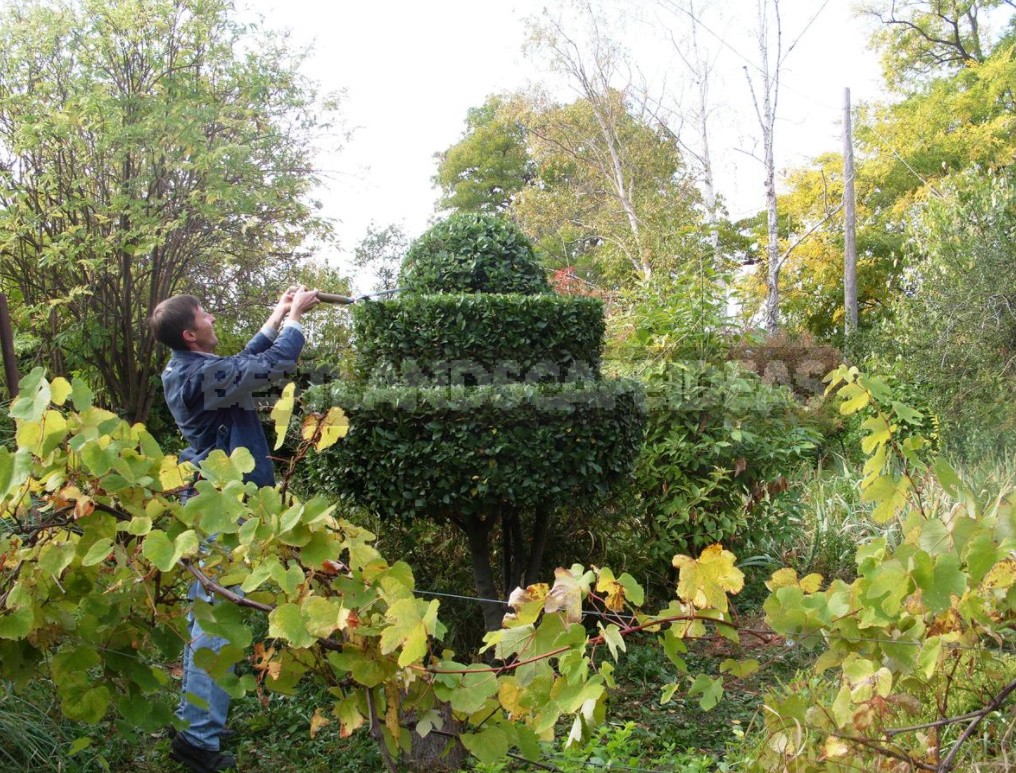
There are the following types of haircuts of woody plants.
- Formative-more often used for young plant specimens in order to form a certain crown (for example, egg-shaped, round, cone-shaped, and so on), usually typical for this breed. It is carried out annually.
- Supporting (or regulating) — cutting of plants with an already formed crown in order to maintain it in a certain state. It is also a regulatory one, since we use it to adjust the growth of the plant.
- Anti-aging (or regenerative) — for the purpose of forming a new crown of adult and old plants.
- Molding machine. It is carried out in order to give the crown a certain shape (spiral, umbrella, zigzag, cloud, and so on) — geometric (cube, ball, trapezoid, and others) or arbitrary (candle, flame, comet, and others). After creating the form, a supportive haircut is then applied.
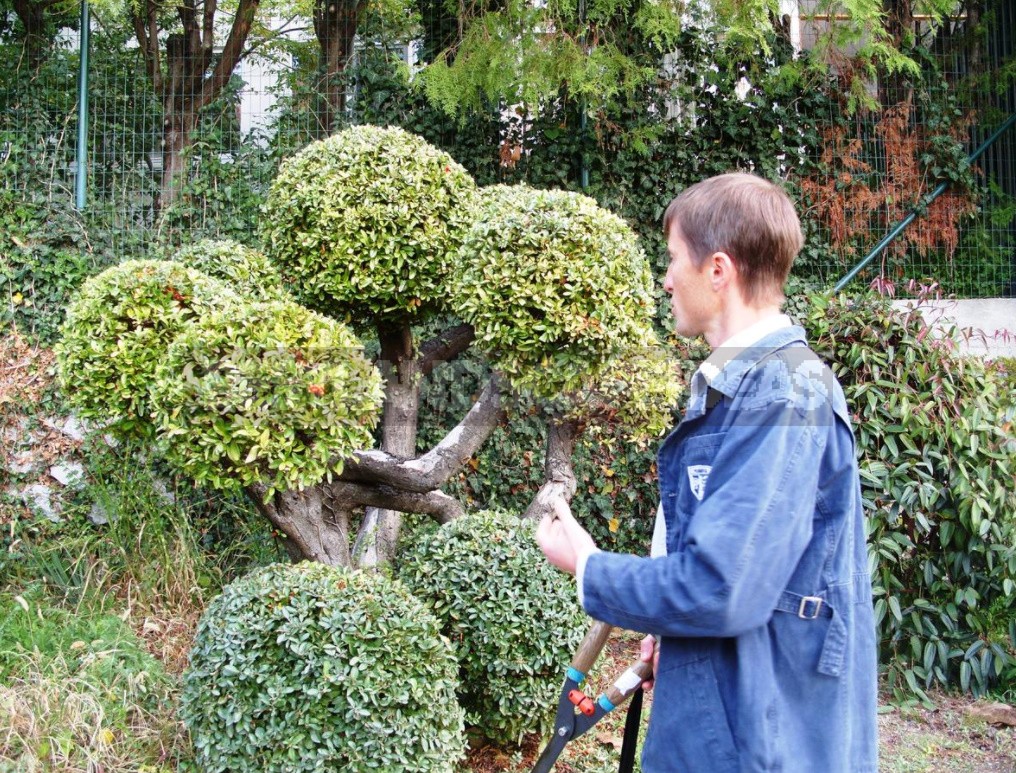
Pruning
- By pruning, we mean the shortening of shoots of all orders for various purposes (phytosanitary, in order to form a certain crown, and so on).
When and how to crop?
The haircut is carried out annually. As a rule, in the first year, they are cut once during the growing season, in early spring or late autumn.
From the second year, the number of haircuts can be increased to 2-3, depending on the growth rate of the shoots.
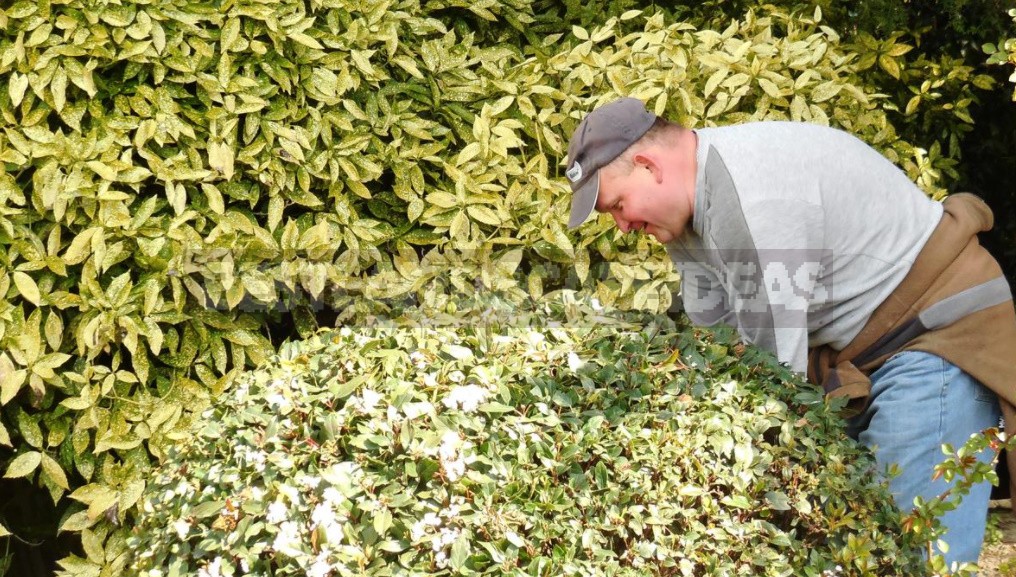
With three haircuts a year, the first is carried out in early spring, in March-April, the second — in June, before the onset of a steady heat, which does not contribute to rapid wound healing, and the third — in early autumn. With two haircuts, they often do without early spring.
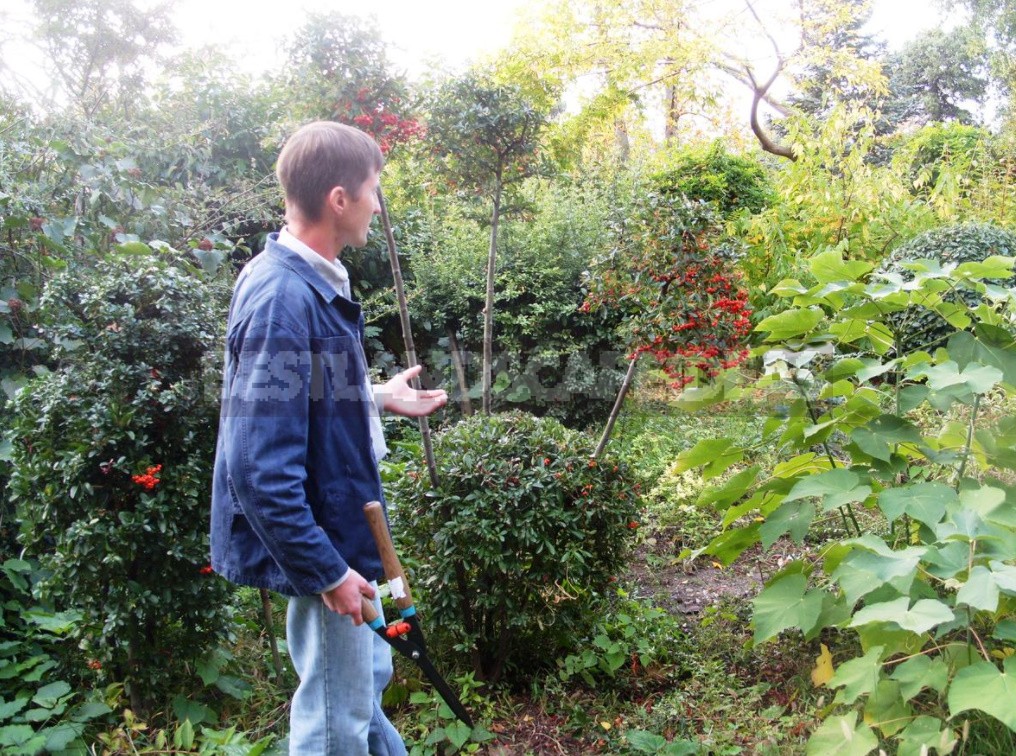
Haircuts are used two or three or more times per season when long new shoots grow during the summer and the desired contour of the plant is lost. Sometimes a haircut is extremely necessary to preserve the decorative shape. For example, by removing the typical green shoots of Ligustrum ovalifolium ‘Aureum’ every year, we preserve the variegated beauty.
As a rule, they do not cut beautiful-flowering breeds, since this removes all the future “color” (that is, we ourselves destroy what we could admire).
5 conifers that love a garden haircut
Cutting of coniferous plants is carried out mainly in spring (in April-May) or in autumn (in September-October). Despite the fact that many breeds are naturally endowed with interesting shapes, they still look more well-groomed with supportive haircuts. Lovers of topiary forms with the help of garden scissors create real “living sculptures”from coniferous trees.
Fir
Picea pungens and P. abies in the hands of a real master will acquire a refined look. A single maintenance haircut per season will be enough for them.
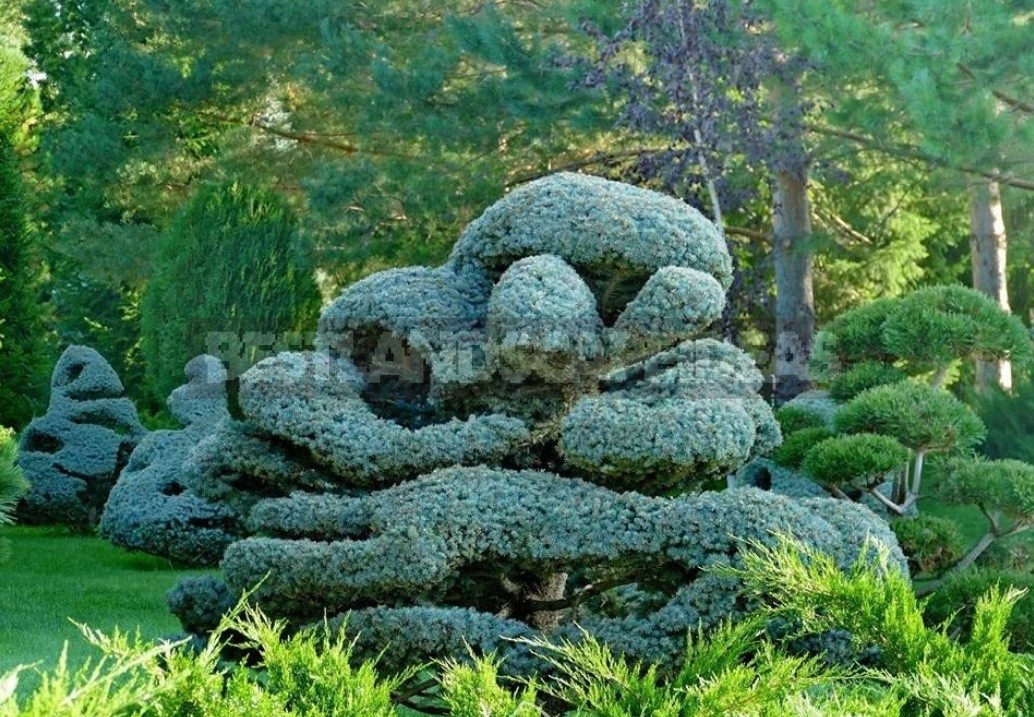
Cypress Tree
These coniferous trees are a summer resident’s dream. For all Chamaecyparis species, you can limit yourself to a single spring maintenance haircut. And it does not take much time: you need to walk with garden scissors or a brush cutter on the ends of the shoots-and that’s it.
Juniper
Juniperus haircuts are allowed regularly throughout the year.
Taxus baccata
An excellent candidate in the queue for a garden barber. Shorn specimens of Taxus baccata rightfully occupy the front seats in the stalls.
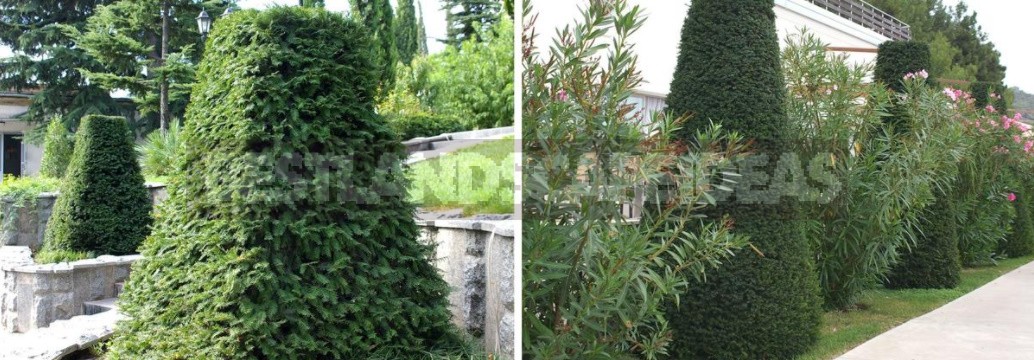
Thuja occidentalis
The compactness of the numerous forms of Thuja occidentalis is supported by a haircut, which it tolerates easily: it does not get sick, it quickly recovers.

Axioms of cutting deciduous trees
The depth (the number of cut centimeters of shoots) of the haircut depends on the breed. It increases as the plant ages, initially ranging from 1/2 to 2/3 of the average length of the shoots. After reaching a certain height, the apical haircut is carried out constantly at the same level, removing all long shoots that go beyond the desired contour. As a rule, it should be cut as close as possible to last year’s last haircut. When working with tall plants, use brushcutters with telescopic handles or high ladders.
5 deciduous tree Species that like to get a haircut
It was difficult to select the five real “dandies” who annually preen themselves thanks to gardeners-hairdressers.
Berberis thunbergii
Berberis thunbergii annually adjust the silhouette, shortening the shoots that protrude beyond the crown.
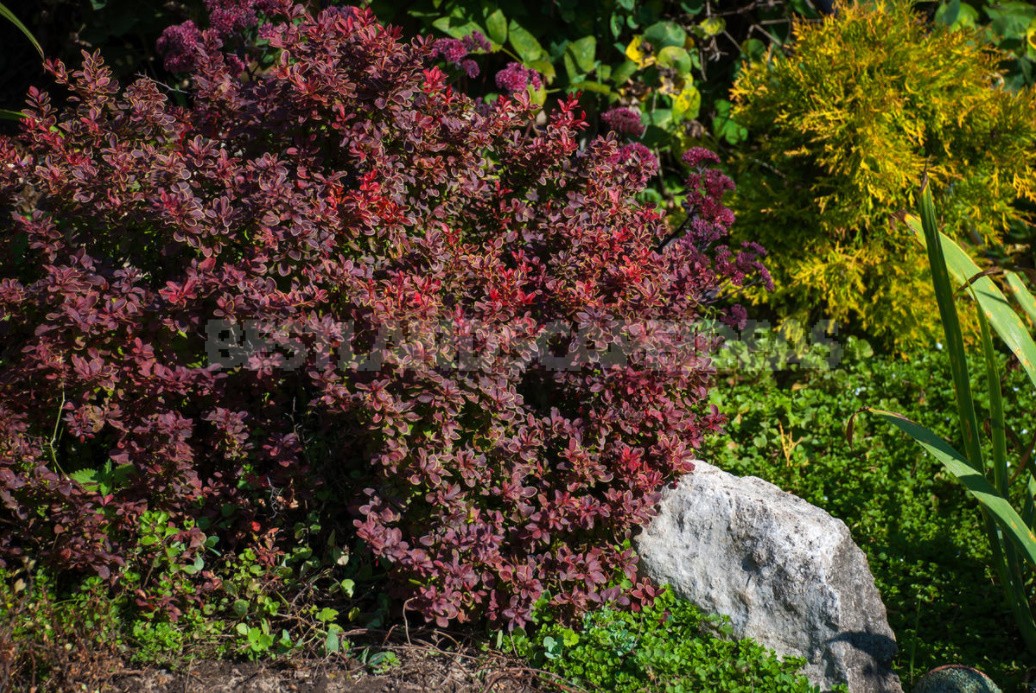
Ligustrum vulgare
In the first 3 years after planting, Ligustrum vulgare cuts all the shoots to 1/3 or 2/3 of the length, and then carries out maintenance haircuts with shortening of the branches within the desired crown. Topiary forms are cut into a short stump once every 10 years.
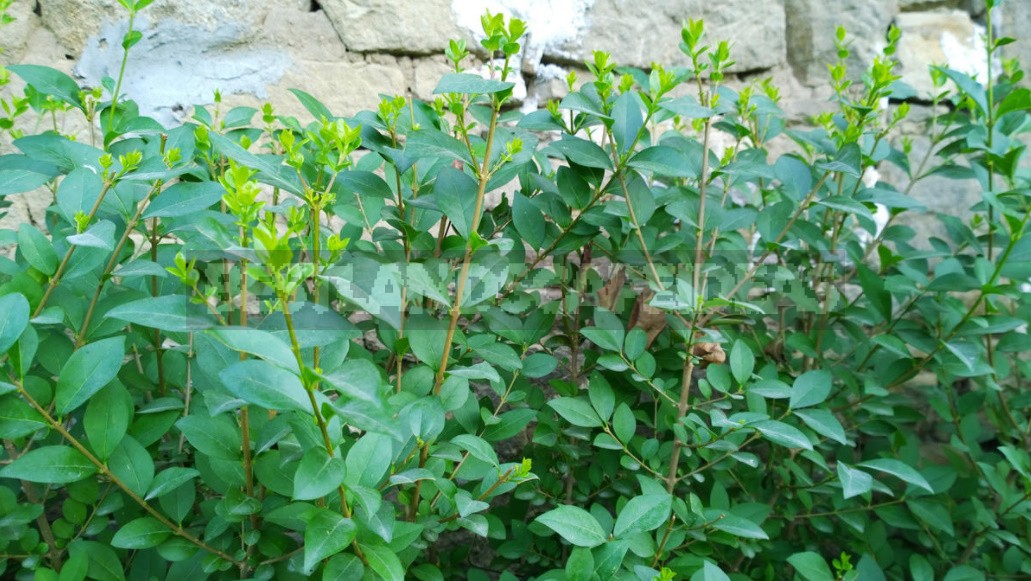
Carpinus betulus
Carpinus betulus produces some of the most spectacular rounded shapes, such haircuts are clearly to the face of this breed. At the same time, it is necessary to gradually clear the trunk from the branches to a height of 1-2 m and remove weak shoots inside the crown.
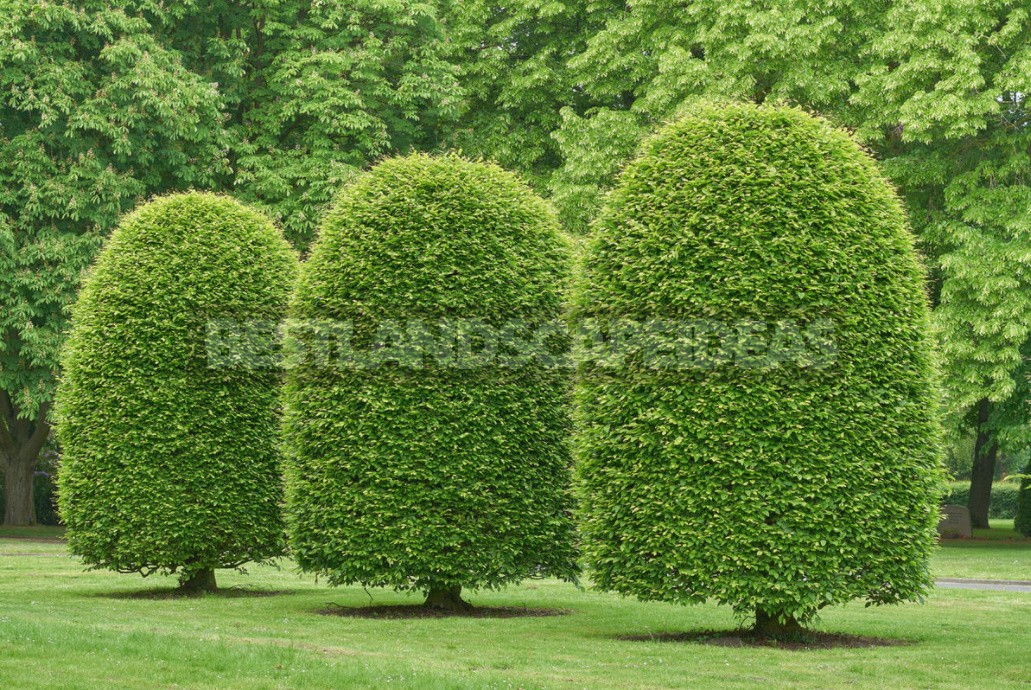
Tilia cordata
Of the linden trees, it is Tilia cordata that is surprisingly easy to tolerate haircuts and is exceptionally plastic when forming. Thanks to these qualities, it has long been used for curly haircuts and high hedges, walls. At the same time, it is necessary to gradually clear the trunk from the branches to a height of up to 2 m, remove competitor shoots, trunk and stem overgrowth.

Physocarpus opulifolius
Unusually good are the tall, large, shorn forms of Physocarpus opulifolius. This fast-growing breed easily produces 2-meter shoots in a season, so for small forms, frequent haircuts will be required (with the exception of dwarf varieties).
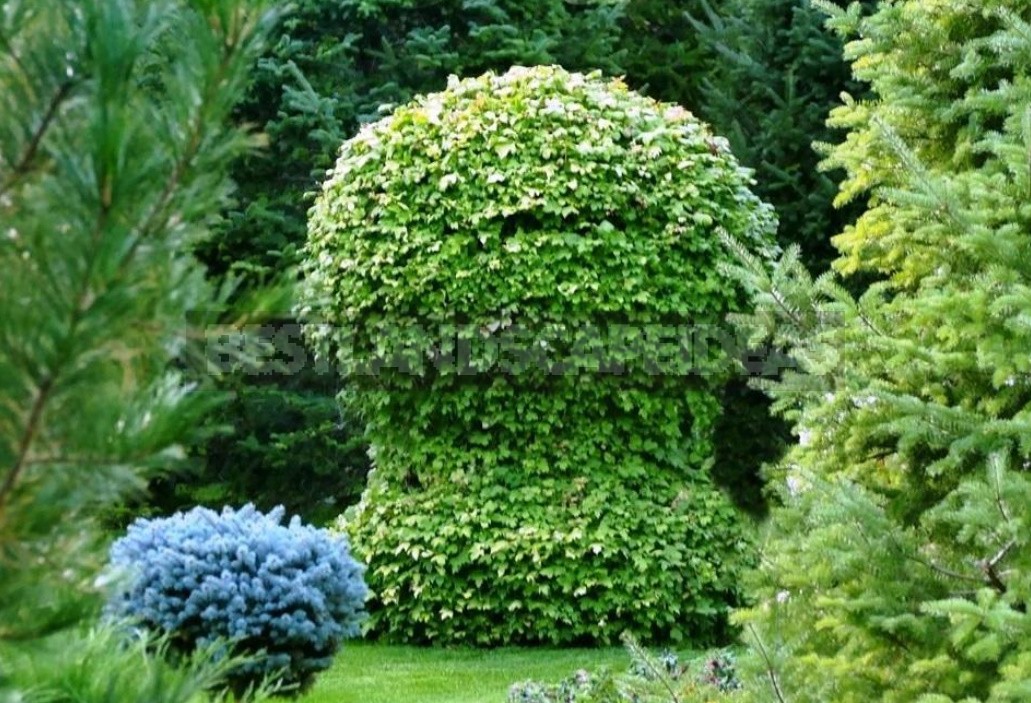
5 evergreen woody plants that become more beautiful from haircuts
In fact, there are many more of them. It is they who create a unique flavor, performing solo and participating in evergreen hedges.
Ligustrum delavayanum
Recently, the shorn frame figures of Ligustrum delavayanum have become widespread. It is very important in the first 3 years to cut all the shoots to 1/3 or 2/3 of the length. Then carry out maintenance haircuts with shortening of shoots within the specified contour.
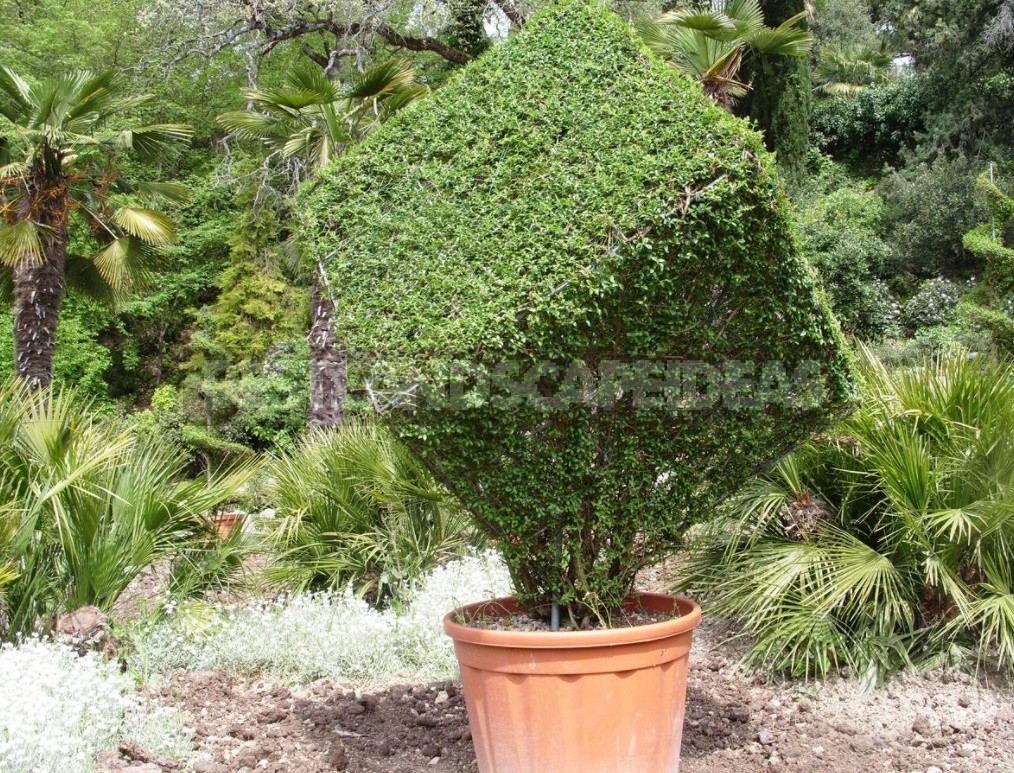
Buxus sempervirens
The pliable lover of haircuts (and the most extravagant-in the form of geometric shapes, animals) is very fond of garden hairdressers. Buxus sempervirens is in demand in frame topiary sculptures. They cut it at least 2-3 times per season, excluding the procedure in the hottest weather.
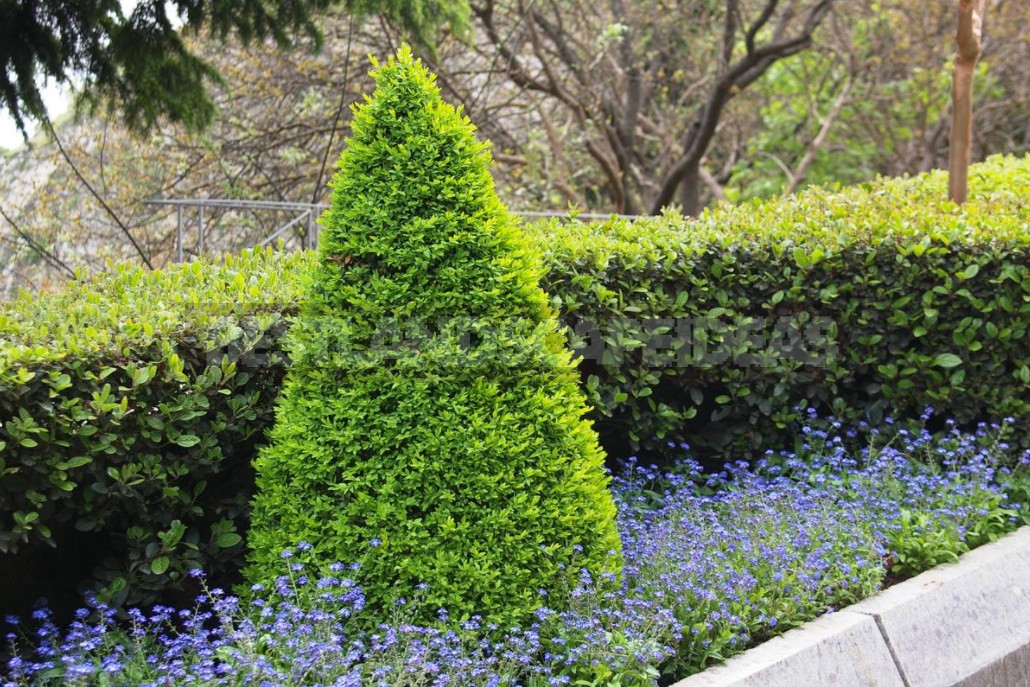
Laurus
Even the oldest specimens of Laurus nobilis can be planted on a short stump, and then cut to form lovely balls. It keeps its shape very well — sometimes two haircuts per season are enough: in early June and in September.
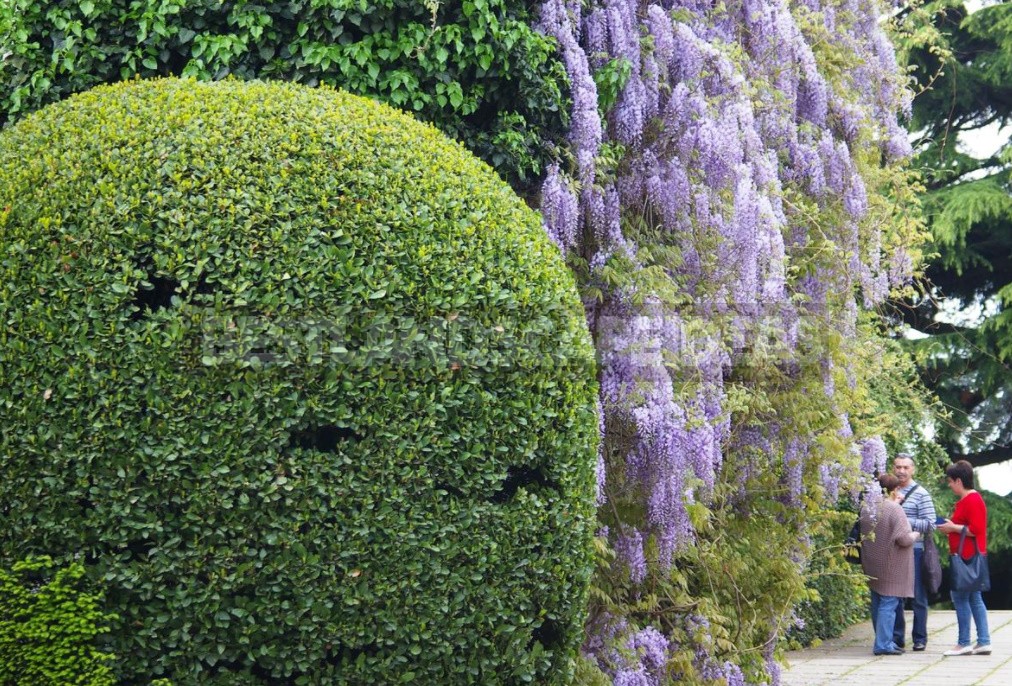
Pittosporum
The haircut gives Pittosporum heterophyllum a well-groomed appearance, although some of the fragrant flowers are lost. But believe me, in general, this is not noticeable on the shrub, as the power of the wonderful smell of its nondescript flowers is incredible! They are cut in late spring or early summer (if necessary, also in early autumn).
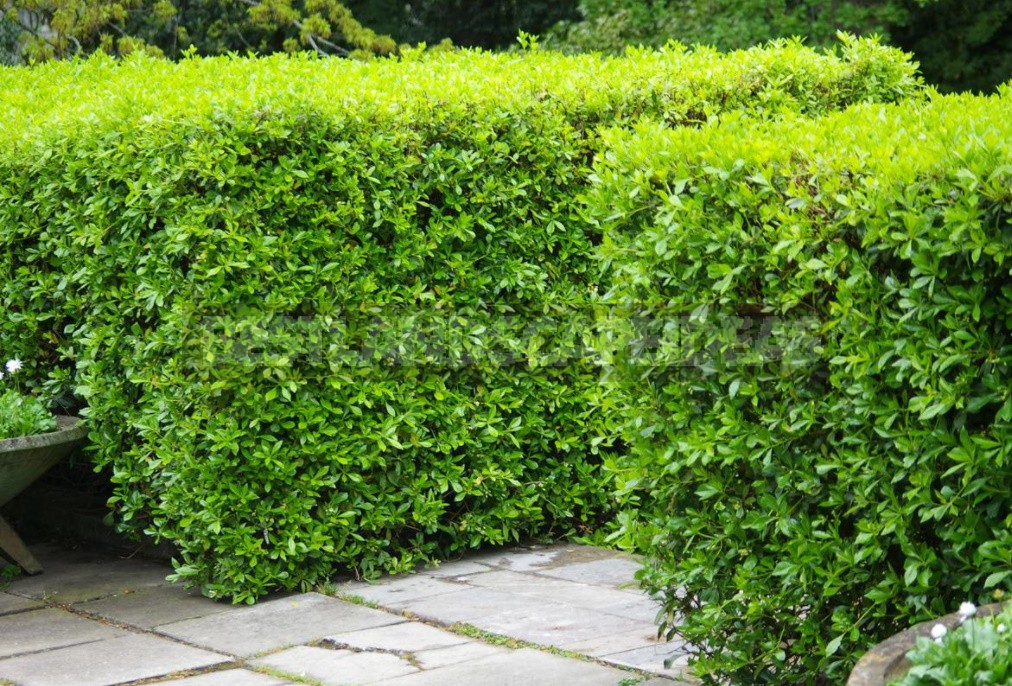
Laurocerasus
An individual feature of the evergreen Laurocerasus officinalis is that it does not tolerate having its hair done with electric scissors, from which the sections of the leaves quickly turn black. Therefore, cut it the old-fashioned way: with ordinary garden scissors with long handles (do not forget to rinse the blades with ordinary water from time to time).
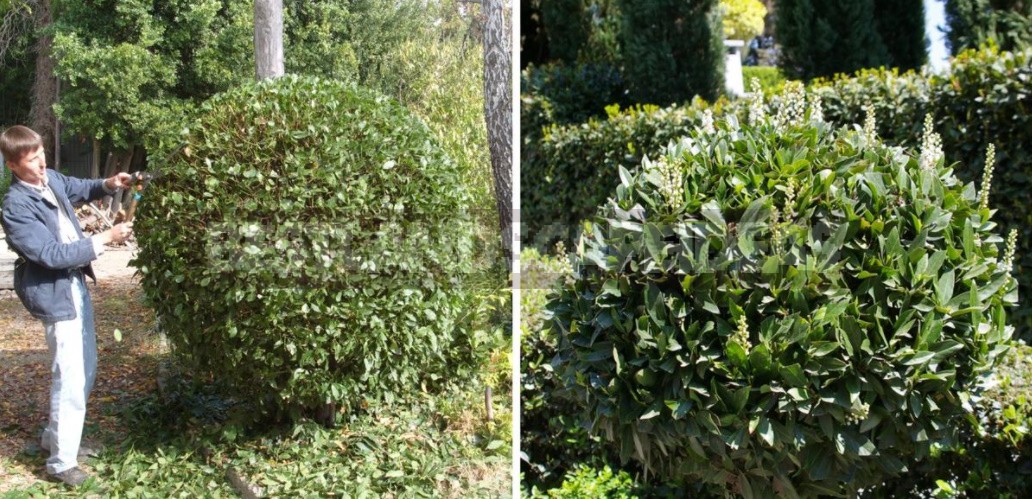
This interesting topic of cutting wood does not end there. To be continued, and in the next article you will meet with plants that tolerate it well. If the volume of the material allows, then we will not forget about the herbaceous perennials that are cut during the season, so that they keep the pattern well in the parterre flower beds.


